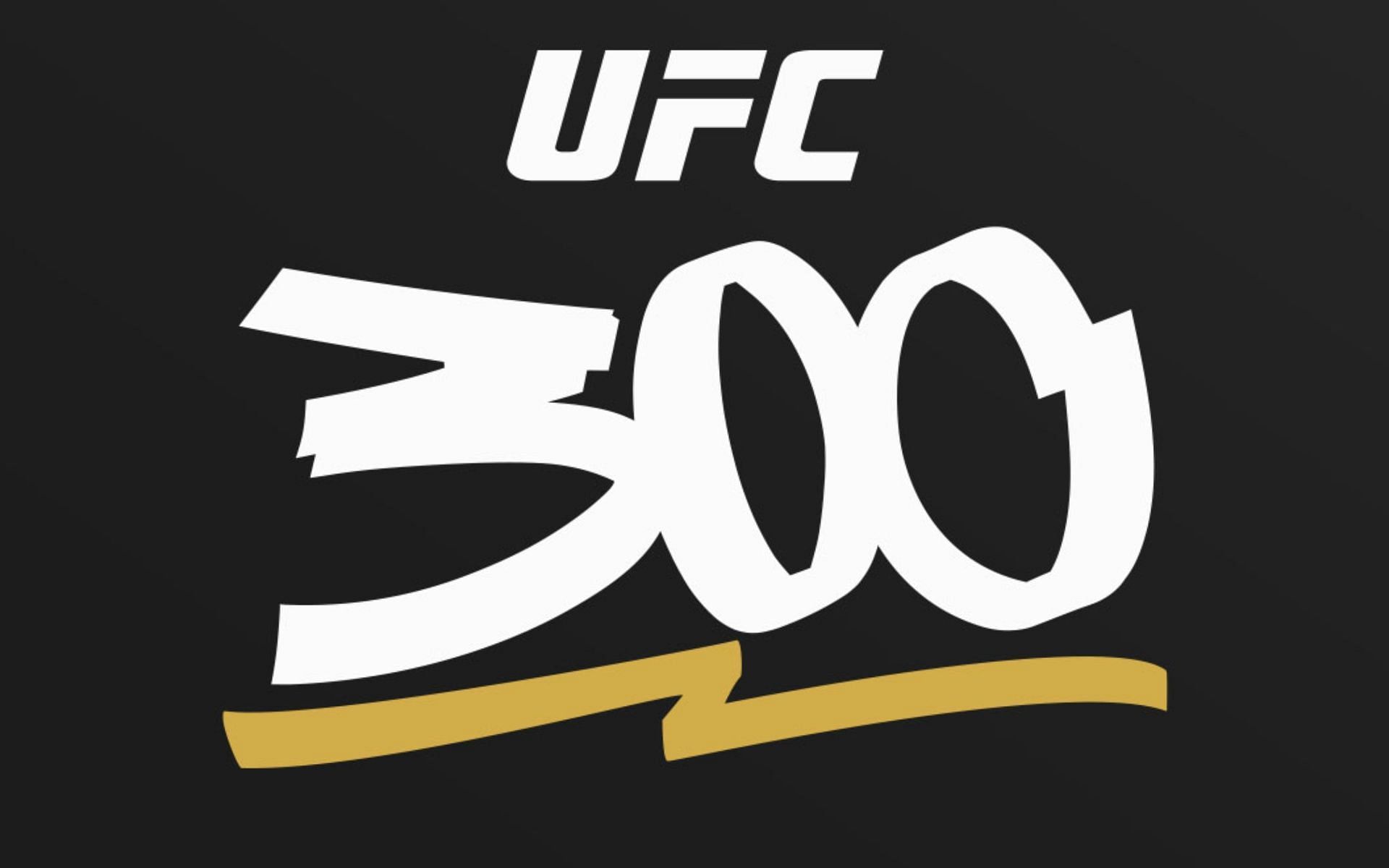
UFC 1 to UFC 300: Where the MMA brand currently stands and where it could be for UFC 400
This weekend, UFC 300 takes center stage in the sport of MMA, where it will be its marquee event for the year. More than anything, UFC 300 represents just how far the promotion has come since its days in underground obscurity. During UFC 1, for example, the promotion was anything but a global empire.
It was a combat sports spectacle with the aim of identifying the best martial art in the world. Now, the promotion is synonymous with MMA. It has been an arduous and unforeseen journey and could lead to even greater heights whenever the UFC reaches its UFC 400 milestone after the expected success of UFC 300.
Initially, the promotion struggled to get sanctioned, as several states and countries questioned the legality of MMA. Eventually, everything changed, with 'The Ultimate Fighter' being a turning point, as its formula dipped into the mid-2000s fascination with reality shows.
Check out the UFC 300 promo:
TUF, as it became known, was picked up by Spike TV, and was the first show to feature MMA fighters who lived together in a house as they trained and faced one another in pursuit of a UFC contract. At the time, being featured on American cable television was as good as the promotion could hope for.
Fortunately, TUF was a success, punctuated by the legendary war between Forrest Griffin and Stephan Bonnar, which drew millions of views, subsequently catapulting the UFC into the mainstream limelight. So when UFC 100 emerged as a celebration of a century of UFC events, a new peak was reached.
The event sold 1.6 million pay-per-views, becoming the promotion's then most successful promotion. Now, cable television was too small a stage, and the UFC found a new home with FOX. Thereafter, the promotion experienced unprecedented growth.
Conor McGregor and Ronda Rousey arose from the unseen corners of Irish and women's MMA to become the sport's biggest stars, with Rousey in particular, achieving a level of crossover appeal that few have matched. With an entire generation of women and the Irish now following it, the UFC exploded.
By the time UFC 200 was planned, so was a $4 billion sale to Endeavor (formerly WME-IMG). While UFC 200 fell short of UFC 100's 1.6 million pay-per-view buys, with 1.009 million pay-per-view buys, it didn't matter. Endeavor had talent and media agencies representing the greatest sports, TV, film, and music stars.
The UFC had gone Hollywood. Two years later, it signed a $1.5 billion deal with ESPN and hasn't looked back since. However, it can aim even higher.
Where can UFC 300 take the promotion?
The promotion is in a position where it doesn't need the likes of Conor McGregor to headline UFC 300, such is the star power of the UFC brand and the combined appeal of the various fighters on the card. UFC 300 will be the biggest pay-per-view the promotion has launched since coming under TKO leadership.
Having joined forces with WWE in said media conglomerate, it is safe to assume that once the UFC's ESPN deal expires, it could mirror WWE's move to the world's most popular streaming service: Netflix. The prospect of UFC events featuring on the platform would almost certainly increase viewership by a ludicrous degree.
Furthermore, the use of their respective athletes on each other's shows, like Michael Chandler's cameo on 'Monday Night RAW,' will only help strengthen their media partnership, which has already benefitted from the sheer number of celebrities who have either invested in the UFC or turn up to its events.
This is to say nothing of how popular MMA has become in the continent of Africa, with Israel Adesanya, Kamaru Usman, Francis Ngannou, and Dricus du Plessis leading the charge: three of whom held UFC titles, and one of whom still does. A UFC card in Africa has been a topic of conversation for some time now.
Come UFC 400, the promotion could find itself on Netflix, hosting pay-per-views in football/soccer stadiums in Nigeria or South Africa, and who knows what else.